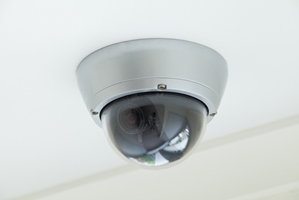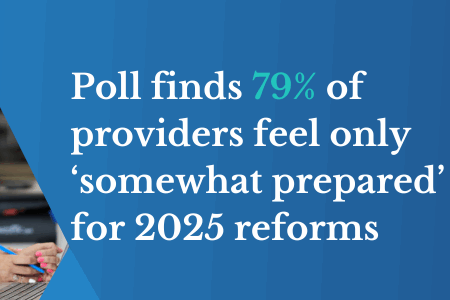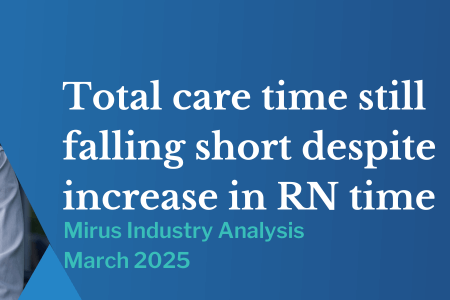New smart sensor partnership promising for aged care
February 3, 2015 | Technology

The elderly and disabled are among the most vulnerable members of the community, and as a result have dedicated home carers and family members providing assistance directly within the home – but this isn't the case for everyone.
Many Australians are at risk of accidents and illnesses when carers are away, and this is something that CSIRO, Global Community Resourcing and Bromilow Home Support Services plan to address through a new partnership.
Smart sensors in the home
Whether it's advanced robotics or new communications systems, technology is starting to impact the aged care sector.
Smart sensors could have the biggest possible impact, however, given the relatively low installation costs and possibilities for both residential and home care facilities. These are technologies that can monitor a number of factors in any given environment, whether it's temperature, movement or other factors entirely.
It's easy to see how such technologies could prove useful for aged care – as carers could remotely check in on people at home or in rooms within a facility.
CSIRO, Global Community Resourcing and Bromilow are rolling the the 'Smarter Safer Home technology' trial, which will install sensors in various rooms throughout houses on the Sunshine Coast.
The technology has been trialled previously, at a pilot in northern New South Wales. This project differs as the the scope is now much larger.
As well as being used to monitor the elderly, the sensors will track Australians with disabilities. If successful, these technologies could be utilised to great effect in the near future.
The possibilities for aged care
While home care is the obvious target for these new technologies, especially given the risks of the elderly and disabled living in the home without monitoring, residential care facilities could also see benefits.
As these facilities continue to grow over the next few decades, with greater numbers of rooms being constructed to meet demand, it's going to be important that care providers can actually monitor residents around the clock.
This is certainly going to be an issue with staff numbers continuing to decline, but monitoring technologies could make it easy for a smaller team to keep an eye on residents.
Sensors placed within the rooms can track various conditions, allowing staff to respond if an issue pops up.
While only in the trial stage currently, the sensors could see integration in facilities across Australia in the near future.
What do you think are the biggest opportunities for success in the aged care industry today? Please contact us and let us know!


